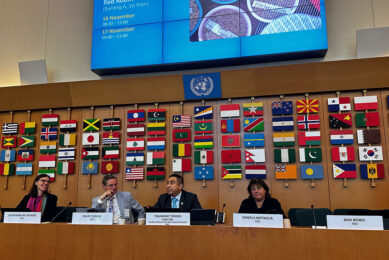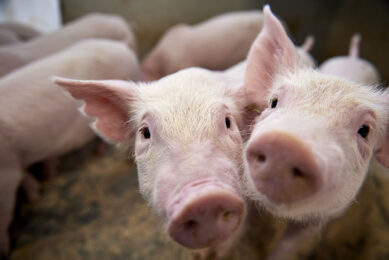Is milk production growth as high as expected?

As President of Global Dairy Farmers (www.globaldairyfarmers.com), a farmer and a consultant, the access to the Global Dairy Farmers network provides me great insights on global dairy developments.
To my opinion the most important milk regions of the future will be situated in South East Asia. Demand for milk is huge. Especial in 2013-2014 China imports a huge amount of milk powder. Till 2013 New Zealand was preferred supplier, but since a year other regions as EU (Netherlands and Denmark) , USA and Australia are taking their part too. They can fulfil the strong requirements of Chinese government. Chinese planning models target 2020 as the year of being self-supporting in milk production. However, at the moment official figures indicate a livestock size of14 million cows, but in reality it seems to be about 50%, due to slaughtered cows in 2013. High meat prices , triggered back yard farms to finish milk production.
I question the possibilities of producing enough cow feed, due to lack of water and management. This is a story in itself, but there is a strong need of supporting China in producing more milk by introduction of better management systems. This for growing feed, producing cows and milk. This support will come from outside China. In march 2015 GDF will organise a conference in Thailand (VIV Asia) and Vietnam for discussing this management support. Especial to discuss new, innovative and easy systems suitable for these countries.
In the future South East Asia should take care of itself, because worldwide production is not without limits. In the USA strong growth is expected, but the expectation is lower than earlier projections, due to drought problems in California and a severe passed wintertime with extreme cold and snow in Northern and Eastern USA. Growth of milk production in New Zealand is restricted by higher cost price of milk. For example farmers are using more winterfeed (hay and silage) and concentrates instead of year round grazing.
Export could come from the traditional dairy regions in the EU, where the quota system will be abolished in 2015.This means dairy farmers can produce easily much more. If we are listening to many European dairy consultants, 5 billion kilos of growth is foreseen. Personal I don’t believe this high of an increase due to strict regulations in most important countries as Denmark, Ireland and the Netherlands. Knowing that most EU countries don’t fill their quota and that production is going down in some Eastern European countries, milk supply will remain rather tight.
Join 26,000+ subscribers
Subscribe to our newsletter to stay updated about all the need-to-know content in the feed sector, three times a week. Beheer
Beheer









 WP Admin
WP Admin  Bewerk bericht
Bewerk bericht